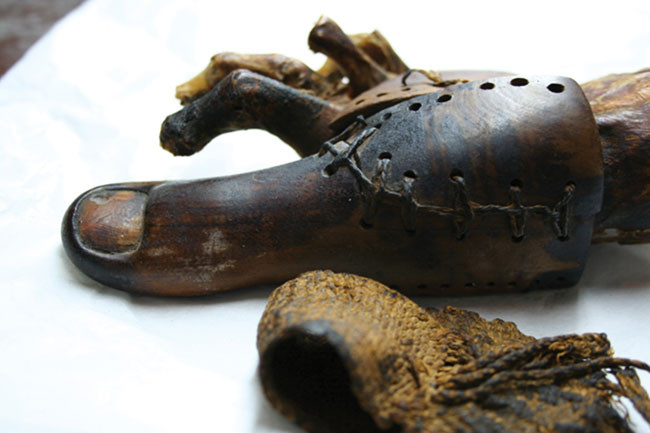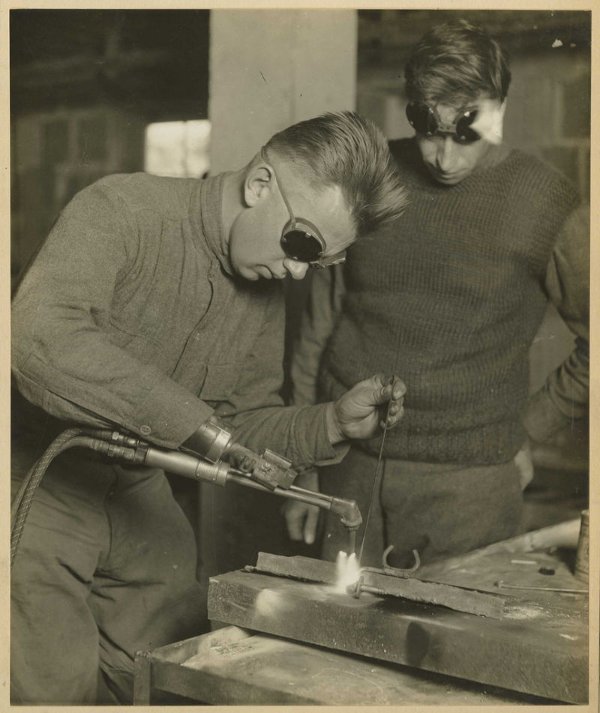Over time, prostheses are not only designed to replace lost parts, but also help people with many tasks in everyday life.
History of the prosthesis
Researchers believe that the world’s first prostheses were two artificial toes from ancient Egypt. Earlier prostheses were primarily intended for decoration, but artificial toes in Egypt are the earliest demonstration of prosthetic function.

According to Dr Jacky Finch of the University of Manchester, UK, prosthetics today are made after studying each person’s gait. In the study, Finch selected two volunteers to try both and was surprised to learn that they were very comfortable.
“My results indicate that these two models work to replace lost toes and therefore are classified as prostheses,” he said.
The iron prosthesis of the German knight Gotz von Berlichingen (1480-1562), who served as Emperor Karl V of the Roman Empire, can be operated by joint. These are often expensive, but allow the lost person to continue working. Articulated fingers are used to secure a shield, hold reins or even a feather. The division for von Berlichingen was made by an expert in the manufacture of weapons.
Centuries later, the number of people injured during the American Civil War caused the demand for prosthetics to skyrocket. Many veterans also design their own products.

James Hanger, one of the first amputees in the war, patented the design of the Hanger Limb. Another, Samuel Decker, also designed his own artificial arm and became a pioneer in the design of modular prosthetics.
Around 1900, pioneer prosthetic designers began the idea of creating specialized prosthetics, not just for decoration. A good example is the artificial arm of a pianist who performed at the Royal Albert Hall in London in 1906. The prosthetic hand has extended fingers; index, middle and ring fingers are smaller than normal; the ends of the thumb and little finger are padded with cotton.
The first mass production of prostheses during World War I. In America, the Walter Reed Army Hospital produced large quantities for returning veterans. The welding hook and some other tools are inserted into the prosthetic hands, helping them to work and start a new life.
The artificial connecting hand was invented by DW Dorrance before World War I and became popular with workers after the war, when they could use them to grip and adjust objects. It is one of the few models that has changed little over the past century. In the 1930s, Dorrance also demonstrated the versatility of this prosthesis when used for driving.
The Queen Mary Hospital in England became the center of prosthesis manufacturing during World War II, starting in 1939. In the first year alone 10,987 war boons came here and 16,251 prostheses were sent by. the post office. The factory expanded when war broke out as they believed around 40,000 British soldiers had lost their limbs during World War I.
However, that figure during World War II was only half. Improved surgical techniques, surgical methods and the availability of blood have reduced the number of people having to amputate their arms and legs.


